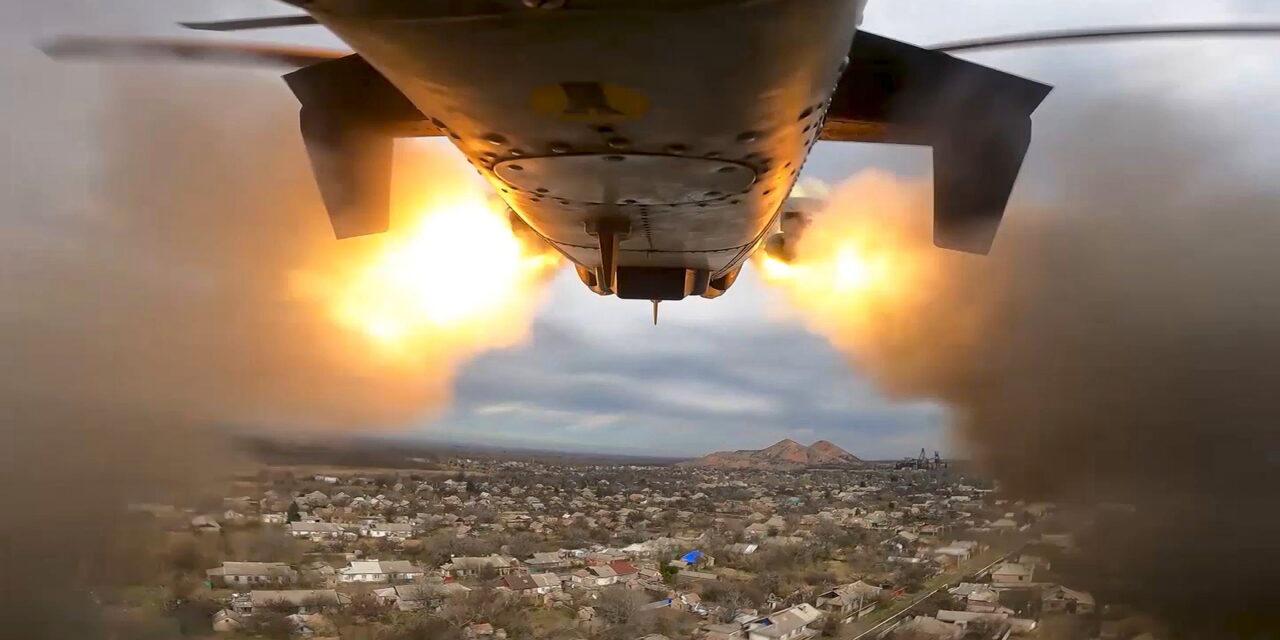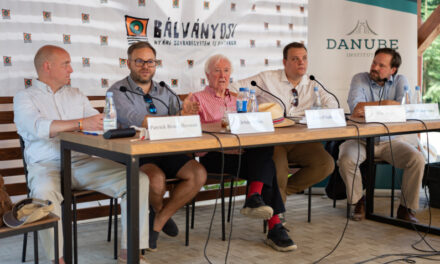Just as the Ukrainians did last year, so this year the Russians want to use the weakness of the other side to their advantage and improve their negotiating position with the results achieved on the battlefield. The Ukrainians did not succeed in this last year, this year the Russians are trying. I already wrote a lot here about the fact that Western weapons arrived late and in insufficient numbers for the Ukrainian counterattack in 2023, and moreover, the Ukrainians did not have air superiority over the battlefield. President Zelensky wanted to recapture the city of Bakhmut, which had fallen in May 2023, at all costs, so the initially scarce offensive force had to be divided between the eastern and southern directions (Zaporizhia).
The Russians have learned from the mistakes of the Ukrainians, so for months now they have been forcing the Ukrainians to use as many of their air defense missiles as possible. We have seen the missile and drone attacks on critical Ukrainian infrastructure, which should have prevented air defenses from the frontline. Kiev did not do this, hoping that the West would send more air defense equipment after seeing the suffering of the urban Ukrainian population, which faces 4-6-8 hours of power outages a day. This did not happen for several reasons.
According to US press reports, approx. It can produce 600 Patriot missiles per year, currently only in Japan, which will soon be supplemented by German and Polish factories. Since Saudi Arabia bought a lot of American anti-aircraft missiles after the 2019 drone attack on Aramco's oil refinery in Abqaiq, the inventory has dwindled. Due to the conflict in Gaza, Israel is also buying more missiles, and the Iron Dome is supplied with products from the same American companies as the Patriot, so there is a suction effect here as well. From the 61 billion dollars voted by the American Congress, air defense would theoretically go to it, but the American strategic stocks must be replenished first, so Ukraine only gets the rest.
The Russians thus exhausted the Ukrainian air defense during the winter and with the help of the previously described 6-8 pressure points, they forced the Ukrainian Chief of Staff to send the strategic reserve and the remaining elite units to these symbolic front sections. south of Bakhmmut; to the west of Avidijivka, at Csasiv Jár; At Bradley Square and at Krinki, which is located in the lower reaches of the Dnieper, the Ukrainian forces that should hold the front or provide a reserve that can be moved immediately in case of further Russian attacks are destroyed.
The previously described Russian winter operations of 2023/2024 have achieved their strategic goal, so the first phase of the Russian spring operation of 2024, the attack on the second largest Ukrainian city, Kharkiv, is unfolding before their eyes. Based on the Russian forces deployed now, we do not see a major attack, in which hundreds of armored personnel carriers will join over time, but the continuation of the grinding warfare we have seen so far, against which the bloodied Ukrainians can hardly deploy anything. This is roughly similar to the situation of the Wehrmacht at the end of 1943 and 1944 on the Eastern Front, when German losses could no longer be replaced at such a pace as to stop the Red Army even along the geographical defense lines that were still available.
The Russians seem to have dusted off World War II. World War II textbooks and use them in accordance with today's requirements. Brigade-level units (consisting of 3-5,000 soldiers) that became widespread in the army after the First Cold War are again being expanded into divisions (of about ten thousand people), which are integrated into corps. Based on the Blitzkrieg strategy, in addition to the air superiority over the battlefield, the enveloping operations are beginning to return, in the framework of which the enemy is not allowed to rest, so that he cannot build new defense lines. This is where the key to the success of the Russian attack lies, because the Ukrainians did not build a third line of defense west of Avdijivka, which would stop the Russians now.
While the Russians are increasingly "getting into" the war and Russian soldiers are beginning to believe that Western weapons are no better than their own and can even defeat the Ukrainians, the Ukrainian army is facing more and more morale problems after last year's failure. The demobilization of veterans who have been serving for 2-3 years has been left out of the new mobilization law, and since it is hardly possible to find new recruits, more and more people are questioning the meaning of the fight, which promises an ever-smaller chance of survival. There are two concrete signs of this: in the hinterland, more and more people want to opt out of military service, as a result of which men literally have to be gathered from the streets. Another sign of disintegration is the growing number of surrendering Ukrainians (mainly serving in territorial defense units), who are asking the Russians not to exchange them for Russian prisoners of war, because Kiev would just send them back to the front.
After two years of war, Ukraine has now lost four counties in addition to the Crimean peninsula, and the Russians are now advancing on a new one (Kharkov). From the Ukrainian point of view, the continuation of the war now seems more hopeless than ever, and it does not bode well that the 61 billion US aid package is said in Washington to be "the last one", and that Kiev should turn to the Europeans regardless of the presidential election campaign. Before Europe drifts further into the conflict, peace negotiations should be held as soon as possible instead of the continuation of the war, as demanded by Hungary in addition to the Global South.
Source: mogzasterblog.hu
Front page image: Illustration / Ukraine, April 12, 2024.
In a recording released by the press service of the Russian Ministry of Defense on April 12, 2024, a Ka-52 helicopter of the Russian Air Force fires missiles at Ukrainian targets at an undisclosed location.
Press service of MTI/AP/Russian Ministry of Defense













